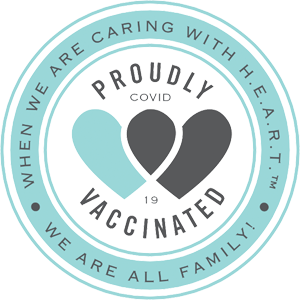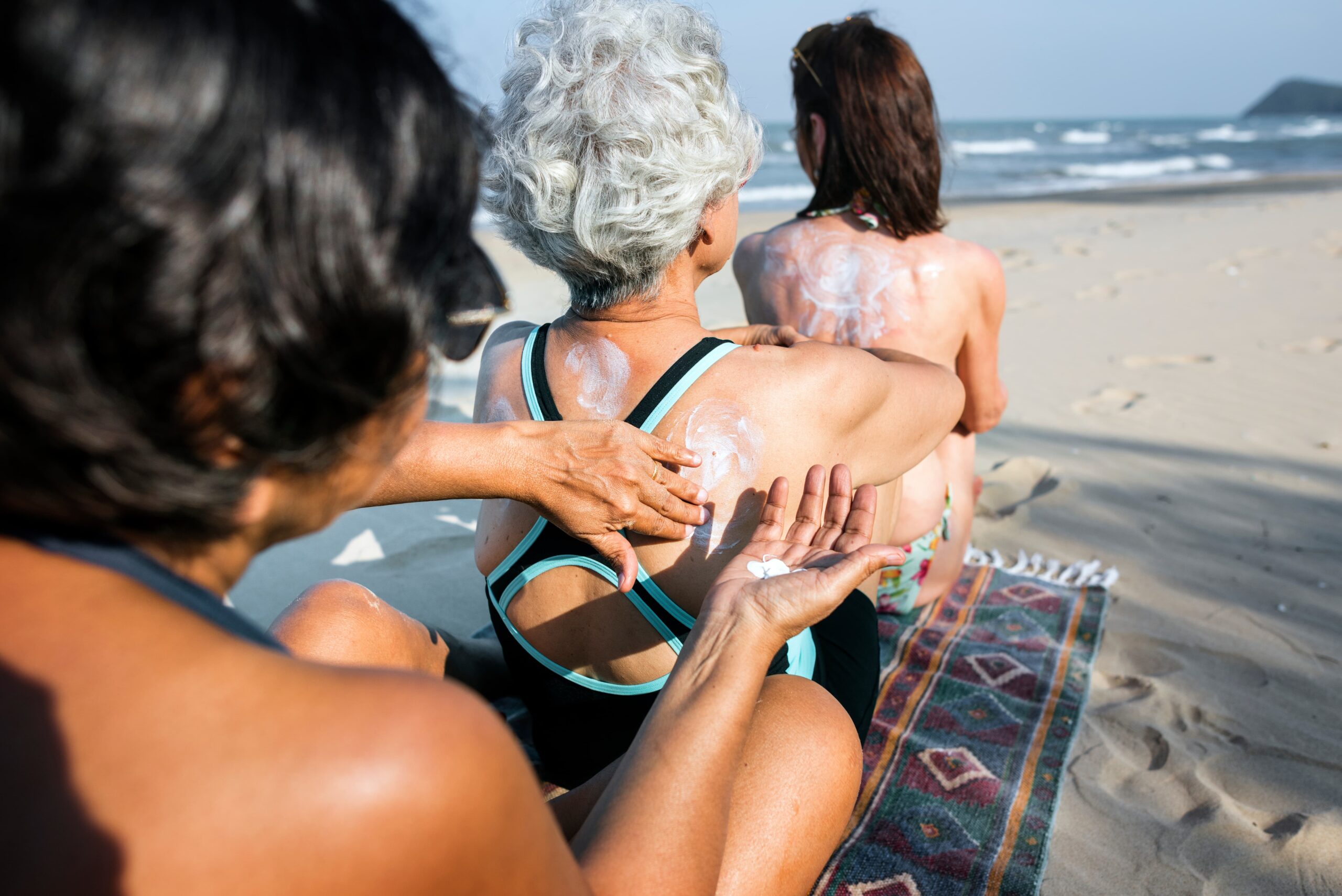Do you know the most common form of cancer in the U.S.? It’s skin cancer.
Now that May is national “Stress Awareness Month,” let’s take some time to educate you about cancer. Particularly for senior or elderly and as the weather warm up, this month is a perfect time to learn about skin cancer detection and prevention.
Watch Out for Too Much Sun
There are a number of risk factors for skin cancer you should know about that we cover below, including older age. Whatever the risk factors, the most important thing is to reduce your exposure to ultraviolet rays.
Promote healthier skin by lowering your exposure to ultraviolet rays. It also lowers your chance of getting skin cancer.
Being outside exposes you to ultraviolet rays from the sun. This is why you should focus on sun protection every day to make being outside safe. Avoid getting sunburn, which also lowers your cancer risk.
Risk Factors to Know
The Centers for Disease Control and Prevention (CDC) lists several factors for people who are at a greater risk of developing skin cancer. One of the leading factors is older age, a good warning for the elderly and seniors to protect themselves in the sun.
The other CDC factors are:
- A lighter natural skin color.
- Skin that burns, freckles, reddens easily, or becomes painful in the sun.
- Blue or green eyes.
- Blond or red hair.
- Certain types and a large number of moles.
- A family history of skin cancer.
- A personal history of skin cancer.
Melanoma by the A-B-C-D-Es
A change in your skin is the most common sign of skin cancer. You might see a sore that doesn’t heal, or a mole that changes. You could see a new growth. Remember that not all skin cancers look the same.
The A-B-C-D-E method is a good form of detection of melanoma. Here’s how it works:
A—Asymmetrical: Is the mole or spot shaped irregularly with two parts that look very different?
B—Border: Is the border irregular or jagged?
C—Color: Is the color uneven?
D—Diameter: Is the mole or spot larger than the size of a pea?
E—Evolving: Has the mole or spot changed during the last few weeks or months?
It’s very important to talk to your doctor if you notice these changes. Other things to look for include a new growth or a sore that doesn’t heal.
Get To Know Bellaire At Stone Port
At Bellaire at Stone Port, we know that choosing the right community for yourself or a loved one is a big responsibility. Touring communities and asking questions can be taxing.
Let us make the experience enjoyable for you! We invite you to schedule a visit and come out to experience the Stone Port difference for yourself.



